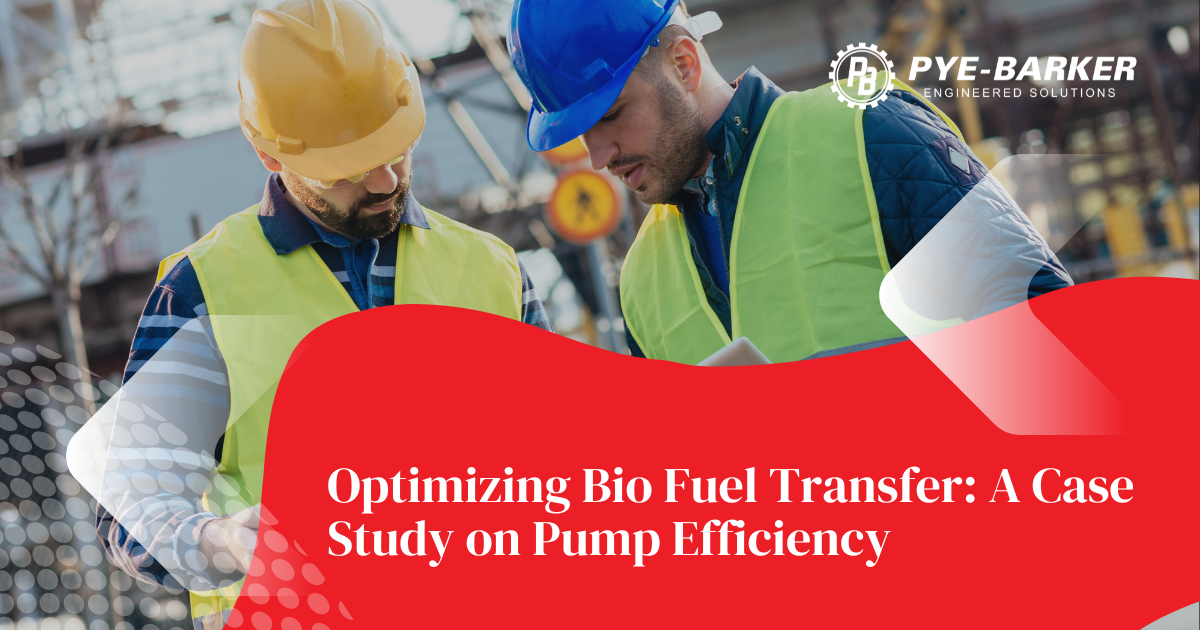
In the dynamic world of industrial machinery, efficiency is paramount. This is especially true for facilities dealing with bio fuel transfer, as every minute counts in the distribution process. Join us on a journey to south Georgia, where Pye-Barker Engineered Solutions, your partner in industrial parts and services, encountered and resolved challenges at a biofuel transfer facility.
In our recent visit to a biofuel transfer facility, we encountered a common issue with a Viking Q4124A pump, a 4” Universal Series pump purchased from an external distributor. Despite expectations, the facility was experiencing slower unloading times, and the root cause was not immediately evident.
Pump Sizing and Piping Mismatch
Upon closer inspection, it became apparent that the facility had opted for 3” piping instead of the recommended 4”. In the world of pumping principles, this decision resulted in "starving" the pump. Positive displacement pumps, like the Viking Q4124A, rely on a specific volume of liquid entering the pump. In this case, the 3” piping couldn't provide the necessary volume, leading to a suboptimal output flow of 200 GPM instead of the desired 300 GPM.
Addressing the issue required a holistic approach. While pipe size was a significant factor, additional challenges such as pipe length, the number of 90-degree elbows, and changes in elevation also contributed to the problem.
Recommendations for Improvement
Our team proposed three solutions:
The case of the Viking Q4124A pump highlights the critical need for efficient communication in designing pumping systems. What worked seamlessly on the West Coast facility faced challenges in south Georgia due to seemingly simple design changes. Clear communication among all stakeholders is crucial to achieving the desired flow rates and meeting transfer time requirements.
At Pye-Barker Engineered Solutions, we understand the intricate details of industrial machinery. Our commitment is not just to provide parts and services but to ensure that your systems operate at peak efficiency. Learn from this case study, and let us be your partner in optimizing the performance of your pumps, compressors, blowers, and vacuums.


